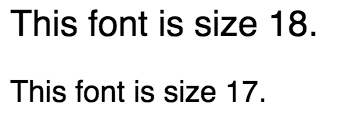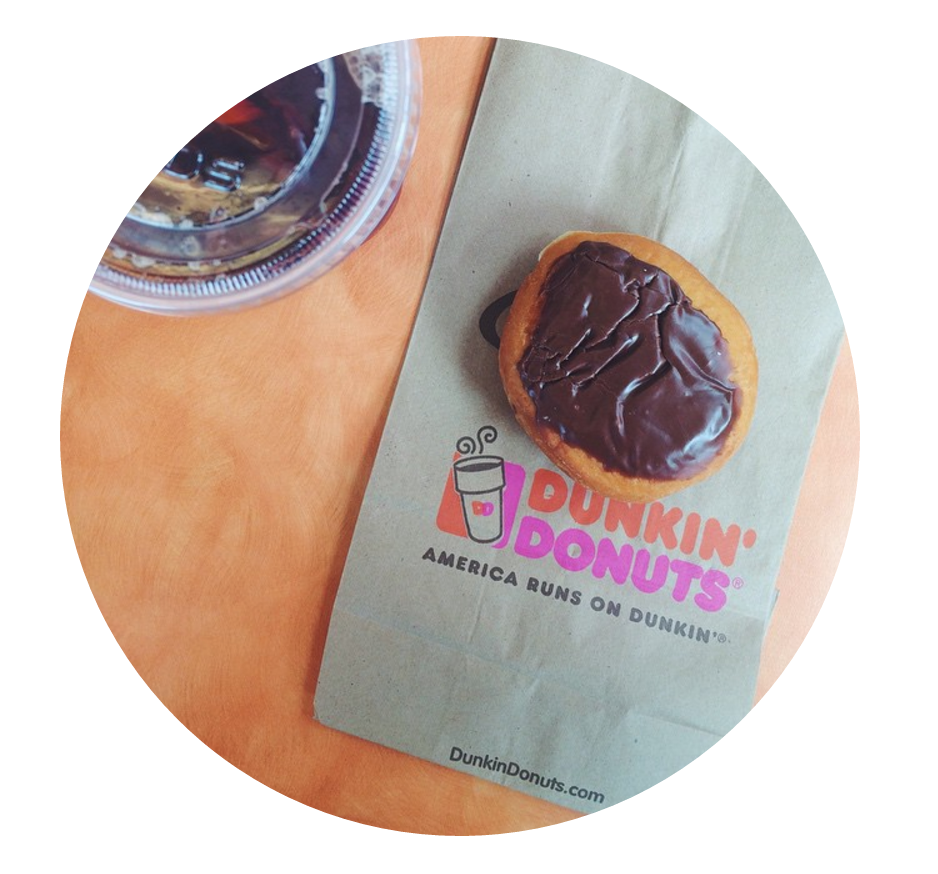Posts by Ran Enoch:
When to Use CSS !important
Despite the fact that it’s widely used, applying CSS3’s !important declaration to your stylesheets isn’t considered to be a best practice. The !important declaration is typically used to override style rules that are defined elsewhere in the CSS. For example, […]
CSS visibility: hidden vs. display: none
Styling Lists with CSS
How to Center Any HTML Element
We’ve all had that pesky HTML element that refuses to center no matter how many different CSS styles we apply. We always get it eventually, but sometimes it’s not before a lot of time has been wasted trying to remember […]
Quick Tip: Using Border-Radius to Create Round Elements
Quick Tip: Multiple Classes
Sometimes it’s necessary for an HTML element to have two, three, or even four + classes assigned to it. To assign multiple classes to an element, all you need to do is separate them with a space, like this:
< View […]
Tips for Using CSS in HTML Emails
Using CSS in HTML emails can be a tricky business, mostly because it seems like just about every email client has different rules about the amount of CSS they support. Keeping this in mind, here are some tips to use […]
Create Transparent HTML Backgrounds Using RGBA
Using the Max-Width Property in Responsive Design
Most developers know that in order for a site’s structure to be responsive and mobile-friendly, it’s better to define widths of divs and other HTML elements using percentages rather than pixels. Using percentages to define widths allows the widths of […]




